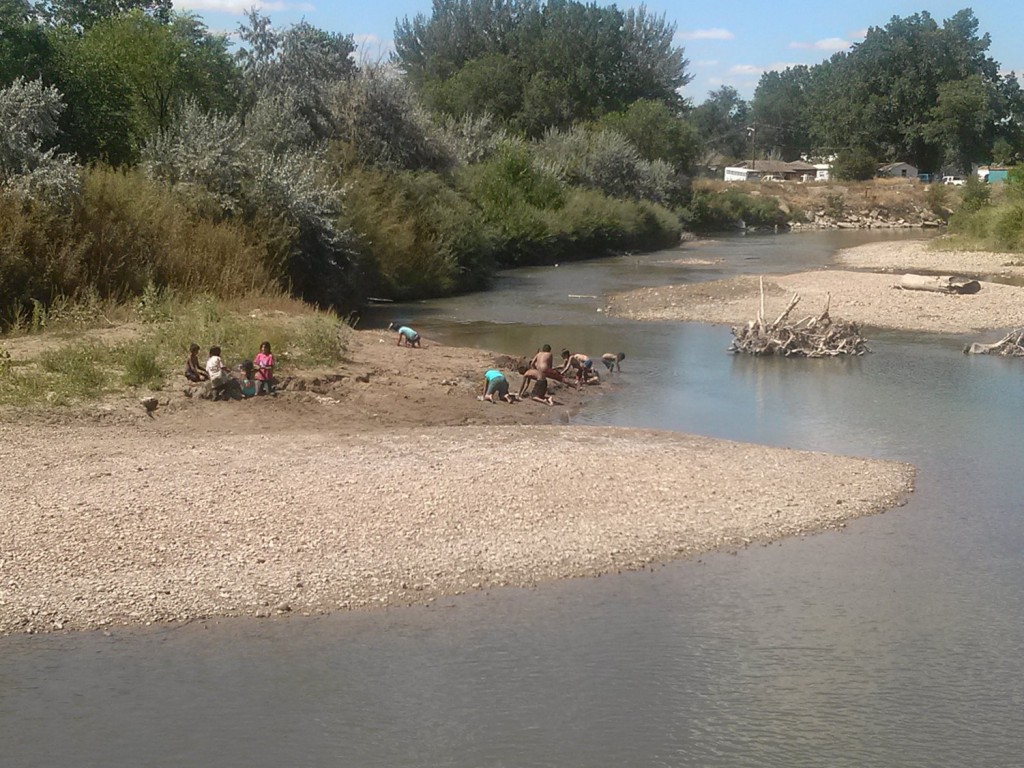Upcoming Events at EPA
By Michaela Burns
A new school semester means more learning! Not in school? You can still learn about science at EPA from some of our upcoming events.
Science To Achieve Results Tribal Grantee Progress Review Meeting
Tuesday, September 20th at 9 a.m. ET—Wednesday, September 21st at 5 p.m. ET
 Don’t miss EPA’s Science to Achieve Results (STAR) Tribal Grantee Progress Review Meeting where we will receive research progress updates from the grantees awarded under the 2013 Request for Applications, Science for Sustainable and Healthy Tribes. EPA researchers will also share their work and present tools that can be applied to improve tribal health and well-being. Grantees, EPA, and other partners will discuss future opportunities for collaboration. Register now.
Don’t miss EPA’s Science to Achieve Results (STAR) Tribal Grantee Progress Review Meeting where we will receive research progress updates from the grantees awarded under the 2013 Request for Applications, Science for Sustainable and Healthy Tribes. EPA researchers will also share their work and present tools that can be applied to improve tribal health and well-being. Grantees, EPA, and other partners will discuss future opportunities for collaboration. Register now.
Food-Use Chemicals in ToxCast: Identification, Curation, and Evaluation
Thursday, September 22nd at 11 a.m. ET
 In this month’s CompTox Communities of Practice webinar, Agnes Karmaus, of Integrated Laboratory Systems, Inc., will discuss recently published research on food-relevant chemicals using the publicly available ToxCast high-throughput screening program. Tune in and learn more.
In this month’s CompTox Communities of Practice webinar, Agnes Karmaus, of Integrated Laboratory Systems, Inc., will discuss recently published research on food-relevant chemicals using the publicly available ToxCast high-throughput screening program. Tune in and learn more.
Microbiomes in the Built Environment
Thursday, September 22ndat 11:00 a.m. ET
 A vast number of bacteria, viruses, fungi, and protozoa can live in built environments such as heating, ventilation, and air conditioning (HVAC) systems. These microbial communities or “microbiomes” are influenced by interactions with humans, animals, and plants and factors such as air flow, temperature, humidity, chemical exposures, and building materials. In this upcoming webinar, Dr. Brent Stephens, Associate Professor of Architectural Engineering at the Illinois Institute of Technology, will present an overview of the current science on microbiomes and the built environment. Register now!
A vast number of bacteria, viruses, fungi, and protozoa can live in built environments such as heating, ventilation, and air conditioning (HVAC) systems. These microbial communities or “microbiomes” are influenced by interactions with humans, animals, and plants and factors such as air flow, temperature, humidity, chemical exposures, and building materials. In this upcoming webinar, Dr. Brent Stephens, Associate Professor of Architectural Engineering at the Illinois Institute of Technology, will present an overview of the current science on microbiomes and the built environment. Register now!
Perfluorinated Chemicals: Analytics, Occurrence, and Treatment
Tuesday, September 27th at 2:00 p.m. ET
 This month’s Small System’s webinar will focus on perfluorinated chemicals (PFCs) with an emphasis on perfluorooctanoic acid (PFOA) and perfluorooctanesulfonic acid (PFOS). Jody Shoemaker will present EPA’s analytical method for PFCs. This will cover the approach, performance data, holding time studies, and contamination issues. Marc Mills will present source water issues for PFCs, including the impact of wastewater effluents. Thomas Speth will cover what is known from the literature regarding PFOA and PFOS treatment for the technologies commonly employed by drinking water facilities. Register to learn more.
This month’s Small System’s webinar will focus on perfluorinated chemicals (PFCs) with an emphasis on perfluorooctanoic acid (PFOA) and perfluorooctanesulfonic acid (PFOS). Jody Shoemaker will present EPA’s analytical method for PFCs. This will cover the approach, performance data, holding time studies, and contamination issues. Marc Mills will present source water issues for PFCs, including the impact of wastewater effluents. Thomas Speth will cover what is known from the literature regarding PFOA and PFOS treatment for the technologies commonly employed by drinking water facilities. Register to learn more.
I-WASTE
Wednesday, September 28th at 3:00 p.m. ET
 This month’s EPA Tools and Resources Webinar is on I-WASTE, a web-based decision support tool that organizes information related to managing waste resulting from natural disasters or terrorist attacks. It can be used by emergency response authorities, property owners, planners, treatment managers, as well as tribal, state, and local agencies responsible for making disposal decisions. Register for the webinar.
This month’s EPA Tools and Resources Webinar is on I-WASTE, a web-based decision support tool that organizes information related to managing waste resulting from natural disasters or terrorist attacks. It can be used by emergency response authorities, property owners, planners, treatment managers, as well as tribal, state, and local agencies responsible for making disposal decisions. Register for the webinar.
For more events head on over to the EPA research event page.
About the Author: Michaela Burns is an Oak Ridge Associated Universities contractor and writer for the science communication team in EPA’s Office of Research and Development.

























